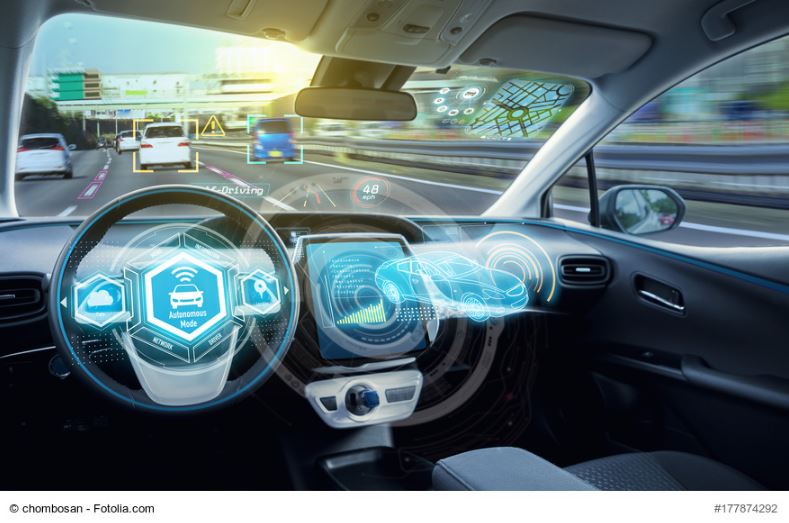The revolution in car manufacture is happening subtly: Our cars are mastering an increasing number of situations without driver intervention. There is a large number of assistance systems which keep the vehicle on track or avoid obstacles. Recent models even park independently or drive into the garage. This requires the driver to take their hands off the steering wheel entirely. Experts divide the current development into phases: The assistance systems described above have already become a reality. As a partially automated system, parking assistance belongs to phase two. In a few years, fully automatic, driverless operation will follow as the last phase.
EPS steering with low power consumption
Against this background, the steering technology – including steering wheel, steering column, and steering gears will change substantially. This development can already be observed today, most clearly in the increasing proliferation of electrically powered steering systems (EPS). Even outside the scope of “automated driving”, they have great advantages over their alternative, hydraulic power steering: In this technology, which has proven itself for decades, a hydraulic pump delivers a constant volumetric flow through the steering system – even when the car is going straight and no steering assistance is required. The pump therefore always uses energy. This is precisely where pure electric steering systems offer benefits, as they only work when steering movements happen. Some manufacturers state that electromechanical steering reduces the power consumption by as much as 90 percent compared with hydraulic systems!
EPS indispensable for assistance systems
In addition, EPS systems are also a requirement for assistance systems because they enable compensation for crosswind or unintentional oversteering. They also make it possible to transmit specific feedback signals to the steering wheel: E.g., steering resistance increases when the driver wants to change lanes even though there is another car in the blind angle.
Focus on the steering pinion
Ultimately, this development even changes the specific requirements for individual components in the steering gears. For example, the steering pinion: The component is used in all steering systems to transmit steering force to the steering gears, and thus the wheels – millions of times over a vehicle’s life cycle. Ultimately, it is a key element for the driver’s safety. The stability and precision of the steering pinion is a top priority in the development of any steering systems. This is especially true for electromechanical steering, which has modified pinions that need to be produced with extreme precision and without errors.
